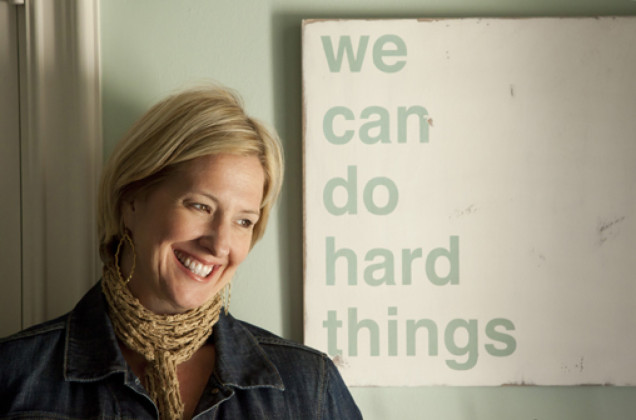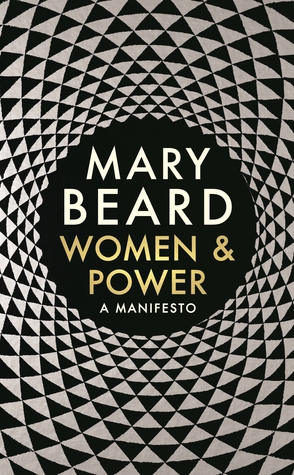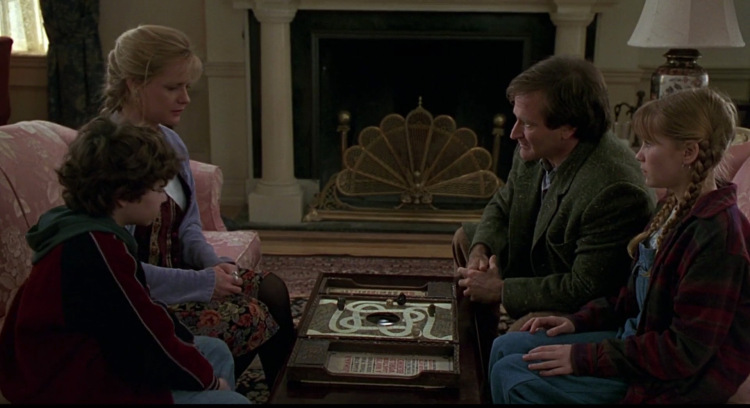
It’s been a little over 3 years now, but I don’t think we as a film culture have ever healed from the shock of Robin Williams’ suicide and I don’t think we ever will frankly. And the reasons why are as clear as the nose on our face. Not only was it upsetting to discover how Williams was suffering in such a sudden fashion, but it was the suffering of a man whose constant animated mugging and heavy warmth moved an entire generation of young filmgoers in a sentimental manner away from a similarly manic but not nearly as heartfelt a contemporary as Jim Carrey. And I am sorry to say that, despite growing up right in the middle of that generation (Aladdin and Mrs. Doubtfire having come out around my first year on Earth and being inescapable), I am not one of those people as an adult. As a child, it was probably easier for me to enjoy but as an adult, I just don’t think the mugging and tenderness mix very well, though I think Williams pulled it off wayyyyyyy better than somebody like Roberto Benigni.
Let this often be a lesson in how heartless and muted from nostalgia I am as a human being.
Joe Johnston’s 1995 adventure children’s book adaptation Jumanji has more than enough mediocre elements in it that I don’t really have to talk about Williams any more once I get started than to say that while there are moments where he is definitely selling the manchild aspect of his character of Alan Parrish (most particularly his anxious body language in a scene where he avoids kissing Bonnie Hunt’s love interest Sarah), this is a frustratingly sedate performance that doesn’t nearly make good on the promise of a wild man emerging out of the jungle biome of the titular cursed board game, Jumanji, an admittedly interesting piece of lived-in production design that feels carved and otherworldly. At the center of that board game is a supernatural looking orb that feels like it’s just full of darkness.
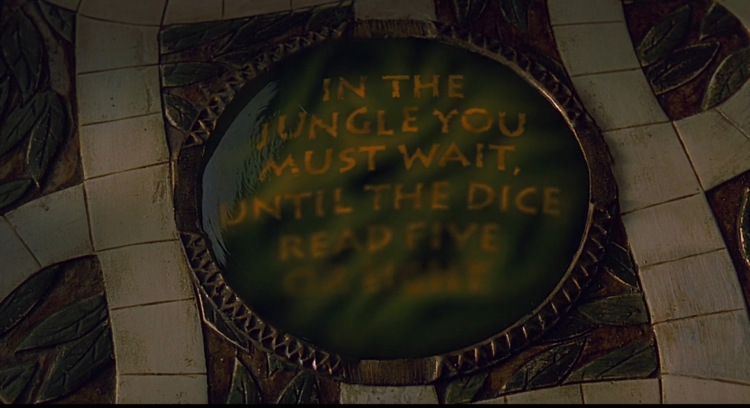
How Parrish ends up trapped in that board game to begin with is of the interest of the first scene set in 1969 as the adolescent Alan (Adam Hann-Byrd) and Sarah (Laura Bell Bundy) deal with Alan’s troubles with his wealthy and overbearing father (Jonathan Hyde), bullying from Sarah’s boyfriend, and guilt from costing one of his only friends Carl (David Alan Grier) his job by playing Jumanji and ending up with Sarah traumatized by watching Alan get sucked in and then getting run out by a bunch of bats.
Fast forward 26 years and now the board game has fallen into the hands of newly orphaned siblings Judy and Peter Shepherd (Kirsten Dunst and Bradley Pierce, respectively), who begin playing it after moving into the Parrish home and finding themselves in peril as the board game unleashes a jungle into the house and with it eventually an adult Alan (Williams). Finding out soon enough that they cannot undo all this damage to the house until they complete the game AND that they cannot progress in the game without the now adult Sarah (played now by Hunt), they begin tunneling their way through warning rhymes of a new beast prowling amongst them that they must dodge or incapacitate as vines and trees and rain and other environmental elements begin covering up the Parrish home.
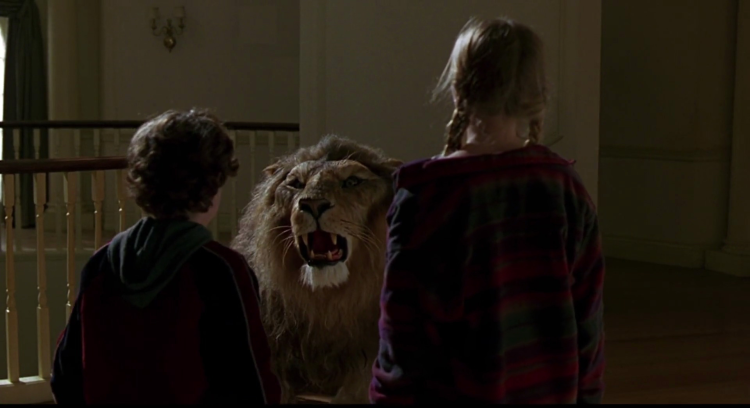
Now, essentially this is just a platform for setpiece after setpiece of our characters versus Giant Venus Flytraps and Crocodiles and Lions and all until the in-game hunter Van Pelt (Also played by Hyde, probably to represent Alan’s unwillingness to grow up in a very shallow way, but Hyde’s clearly having fun with it) breaks out and the mayhem spills into suburbia. And the unfortunate thing is that these are… bad setpieces. Forgettable and flat, with terrible CGI (though I doubt this bothered me in the 1990s, but the monkeys especially look bad. The best looking monkey is a makeup job.) and a lack of urgency in the way they’re cut at all.
Joe Johnston is mostly hit or miss with me as a filmmaker, but I get the feeling that Johnston is so much stronger when he gets to work in period pieces like the previous Rocketeer and the later Captain America: The First Avenger. And Jumanji is not not that, given that the “young Alan in the 60s” scenes take up a frustrating amount of runtime but they’re shot in the most default Rockwellian aesthetic that would have been the laziest thing I’ve ever seen Johnston do if it wasn’t for the carwreck that’s The Wolfman. And that’s the closest to inspired he ever feels, for when it gets to the modern world… everything’s so bland and uninteresting to look at, especially in a very central chase through a department store where any energy comes from a clamorously percussive score by James Horner and a completely uncertain sense of cutting by Robert Dalva. Neither of these things give the movie a manic chaotic sense of fun, it’s just tiring in a nauseating way. The jungle scenes in the mansion at least want to have some sense of atmosphere but they’re so clearly colored in a funereal manner that dampens any sense of fun and lit like an amusement park’s promotional material. It’s unable to match up to Jumanji‘s goal of being an answer to the earlier Jurassic Park – a family oriented hit about a dysfunctionally put-together “family” trying to survive the savagest elements of nature.
Even when the movie finally gets everything wrapped up neat and tidy in the 90s storyline, there is still no less than 15 minutes left to go as it tries to solve all of Alan’s childhood dilemmas in one swing and even when it’s nowhere near as long, it’s reminiscent to me of the feeling I had with the multiple endings of The Lord of the Rings: The Return of the King. I had a desire for things to just stop and fade eventually for I did learn or gain anything from watching Jumanji and could feel the time slipping out from under me like Alan’s fingers slipping into the board game.



